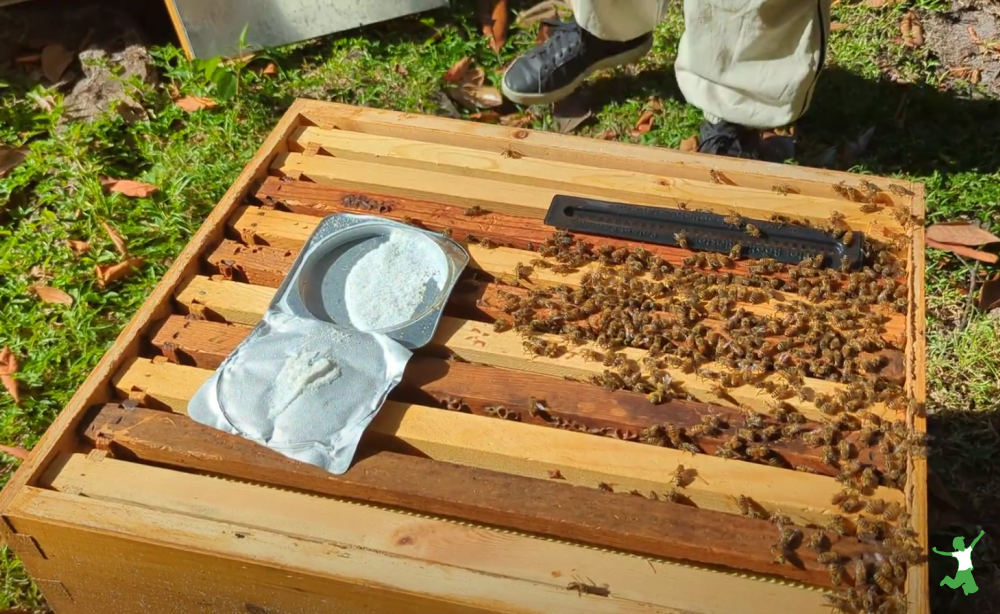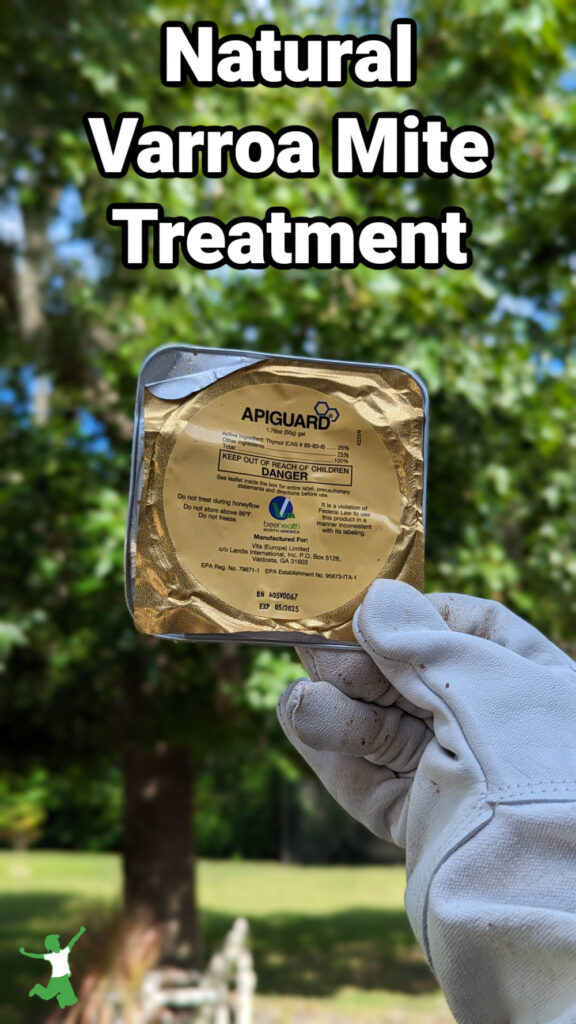How to get rid of a Varroa mite infestation naturally while maintaining bee safety and colony integrity.

As a new beekeeper, I was appalled to learn recently of inflexible government policy in Australia mandating the burning of beehives with petrol due to possible varroa mite infestation.
This is the case even if the hives show no signs of an outbreak.
“Fight the mite” is the government’s catchy slogan. However, what appears to be happening is a targeted attack on a key aspect of Australian food production.
Varroa infestation in beehives is certainly a big problem. However, the infestation can be easily controlled without destroying the hive itself. More on that below.
Despite the ability to naturally control Varroa, government officials in Australia are taking the path of least resistance: burning everything down.
The heartbreaking video below posted by VastHarvestPermaculture is despicable and insane.
With literally no physical evidence, hundreds of beehives are being burned with gasoline by the government.
This is the case even if the beekeeper can prove that he is not infested with Varroa.
Why this is being done to such an important part of the food chain is a mystery.
One must consider the possibility that damage to the food supply is indeed the aim. Is Varroa just an excuse to deal a fatal blow to the domestic honey bee industry?
VastHarvestPermaculture has many more videos of this travesty taking place in Australia.
How to treat the varroa mite naturally
As a new beekeeper, it was extremely important for me to know how to manage Varroa.
My Gem Apiaries instructor introduced me to a non-toxic approach to treating and eliminating Varroa mites without harming the bees or hive.
This product is called Apiguard and it only costs about $10 for a single treatment per hive.
The active ingredient in Apiguard is thymol, a phenol found in thyme oil. It is non-toxic and suitable for use in organic farming.
After extraction from thyme oil, thymol is a white crystalline substance with a pleasant aromatic odor and powerful antiseptic properties.
Apiguard combines thymol into a slow-release gel that is very effective in controlling varroa mites in honey bee colonies.
The Apiguard pre-made trays are the easiest to use for backyard beekeepers.
Simply peel off the lid of one dish and place it on the incubator frames, gel side up, as shown in the image at the top of the article.
Leave enough space at the top for the bees to get into the pan.
Close the hive and leave the shell for two weeks.
Repeat the process with a second tray and leave it in place for 2-4 weeks.
The good news is that beekeepers can use Apiguard at any time of the day or year.
However, the best results can be achieved by beekeepers treating the colonies in the late afternoon or evening when the temperature is lower and the bees are in or returning to the hive.
In summary, Varroa control is a straightforward process that does not need to harm the bees, the queen, or the colony itself.


